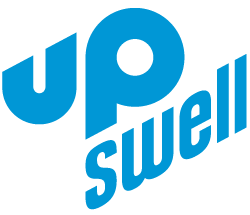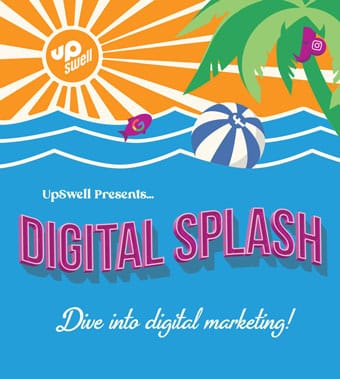Your business can sell great products, employ talented staff, and boast strong financials, but if you don’t tell people what you can do for them, all of those strengths are for naught.
“One of the biggest mistakes I see business owners make is that they start a company but don’t have an effective marketing plan to grow the business,” says Tim Ross, president and founder of UpSwell Marketing.
While you don’t have to be a natural marketer or salesperson, you do have to be willing to put time, money, and effort into your marketing plan. Here are some helpful suggestions for getting started.
Marketing a Small Business: Know Your Audience
The first step in developing a comprehensive marketing plan is to do extensive research on your market area. “You’re going to want to identify who your ideal customer is and where that person lives,” Ross says. For example, if you own a European auto repair shop, you will want to target consumers in your market who own European vehicles. Or, if you open a pediatric dentist office, you will want to target homes with children.
“Then you need to know how much your average customer is going to spend,” Ross says. At an auto repair shop, that could be $200 or $300 per visit, whereas an HVAC ticket might range from $300 for a simple repair to $5,000 for a new unit. Once you have an idea of what the average customer will spend, you can calculate the number of customers you’ll need to meet your revenue and profit goals.
You’ll also need to evaluate your competition. Find out what services are currently being offered in your market, and make sure you can identify your competitive advantages. Ask yourself what services, products, and expertise you can offer that no one else can, Ross says. This is what you use to build your marketing message.
Deploy a Combination of Digital and Print Marketing Strategies
Once you know who your potential customers are, how many of them you need, and why they should come to you instead of the competition, you’re ready to market your business. First, you’ll have to choose your methods.
“There are many marketing options for you to consider, so you need to choose the tactics that best help you target your ideal customers,” Ross says. All businesses have limited marketing budgets, so it is critical that you use every dollar wisely.
Ross recommends using both top-of-funnel brand awareness tactics and bottom-of-the-funnel lead-generation methods to effectively market your business. Combining the two will help you maximize your potential customer base.
The top of the funnel is a broad space where you can reach many people, but they won’t all fit your customer profile. “A billboard, a TV or radio spot, SEO, or email marketing can be great awareness tactics that cast a wide net over a market to introduce your product or services,” Ross says. At the top of the funnel, not only are you building awareness and letting potential customers know what you can do, but you’re also generating leads.
At the bottom of the funnel, you’re reaching people who are most likely to be your customers — and soon. Paid search, paid social, and direct mail postcards are lower-funnel marketing tactics that focus on lead generation to drive in your ideal customer. And while postcards tend to generate fewer leads than digital approaches, they are often stronger leads, Ross says. Direct mail is especially effective in marketing more costly services, such as dental care and auto repair.
People actively searching for your services are also ripe for conversion, which makes paid search — Google Ads — a must for every business, Ross says. “They don’t charge you unless someone clicks on your listing, so there’s no downside,” he says.
Keep Refining Your Marketing Strategies
Once you have a marketing plan in place, you need to continually assess its performance and make needed optimizations to maximize your ROI. “If you are not able to track and measure your return on a marketing tactic, it will be challenging to determine whether your money is being spent wisely,” Ross says. Of course, “to get maximum return on your investment, you need to make sure your team has had training on the marketing plan, and you’ve established goals and expectations for your marketing spend.”
Every strategy you use should have a measurable return: How much business did that postcard campaign generate? How many clicks on your social media ads turned into appointments made? Did that brand awareness campaign increase your followers on social media or foot traffic in the front door?
If possible, work with a marketing partner “who wants to learn everything about your business and will measure everything you’re doing,” Ross says. “Challenge them to show the return they’re getting and optimize and adjust along the way.”
Expand Your Definition of Marketing
Ads and promotional content are marketing, of course, but they don’t tell the whole story of how you will gain new customers. It’s important to think about how your business fits into the broader ecosystem of your community.
“Networking with other local small business owners, participating in community events, or being part of local business development groups are all low-cost ways to market your business,” Ross says.
“Having a great location where there are a lot of people, like a shopping center, is helpful because you have built-in organic traffic to help you generate customers,” Ross adds. This allows you to spend your marketing dollars on more lead generation tactics versus awareness tactics.
“Marketing is a collection of touches,” he says. “It’s important to be strategic and focused, but you can’t replace the human element.”
Looking for a partner to help grow your small business? Contact the team at UpSwell for a free marketing assessment.






